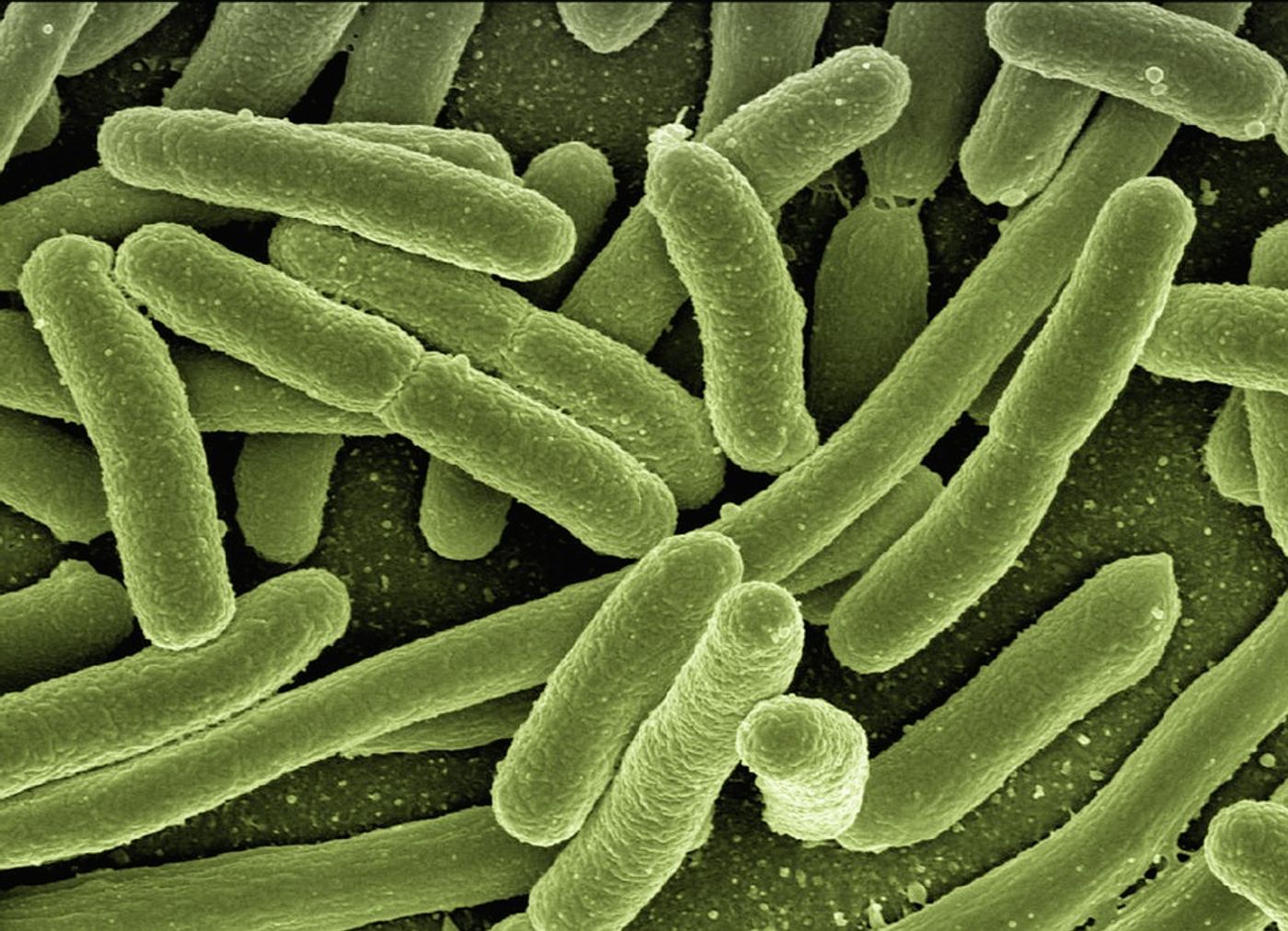Nightmare Superbug Kills US Woman
Doctors and health experts have been warning the public about the rise of drug-resistant superbugs for the last year or so. Now, a 70-year-old woman from Nevada who succumbed to the disease is proof of how dire the situation really is.
During her travels to India, the woman suffered a break in her right leg. She then contracted an infection in her leg bones that eventually spread to her hip. When she returned to the US in August, her infection was severe. She eventually went into septic shock – a potentially lethal inflammatory reaction to infection involving the whole blood system. The woman passed away, showing no response to any antibiotic treatments.
Samples of her infections were confirmed by the Centers for Disease Control and Prevention (CDC) to be positive for the bacteria Klebsiella pneumonia. This bug is part of the family of bacteria that are extremely resistant to nearly all antibiotics, known as carbapenem-resistant Enterobacteriaceae (CRE). While this bug is normally found in the gut without any disturbance to the human host, the strain that led to the woman’s death was resistant to all 26 antibiotics. Even colistin, the “drug of last resort,” was no match for this superbug.
Although cases of superbug infections in the US have been reported, this case may be the first to have resulted in direct death of a patient. The CDC warned that more cases of “nightmare bacteria” may be on the horizon if we are not careful.
But what can we do? According to the World Health Organization (WHO), the first step in slowing antibiotic resistance starts with cutting down the unnecessary use of these drugs. Nearly 50 percent of antibiotics prescribed for respiratory infections may be unnecessary, as physicians can mistake viral infections for bacterial infections. Antibiotics should not be prescribed unless the infection is bacterial in nature and should respond to antibiotics. WHO also urges patients to follow the prescribed regimen, taking the full dose to completion, to prevent the growth of drug-resistant bacteria.
Other meaningful changes to slow antibiotic resistance may take place away from hospitals and patients. For example, farmers in the agricultural industries are also bear the burden of preventing livestock and crops from developing and spreading drug-resistant bacteria through appropriate use of antibiotics.
Meanwhile, the obvious question remains: Why don’t we make new antibiotics? The answer isn’t so simple since it’s been decades since the last new antibiotics were discovered. Finding new drugs for superbugs can take years for testing and approval, and this pipeline just hasn’t been in the forefront for most pharmaceutical companies recently.
"I think it’s concerning. We have relied for so long on just newer and newer antibiotics. But obviously the bugs can often [develop resistance] faster than we can make new ones," said Alexander Kallen, a CDC medical officer. However, it’s with great hope that cases such as this underscore our dire need for new drug developments.
Additional sources: BBC, Science Alert









